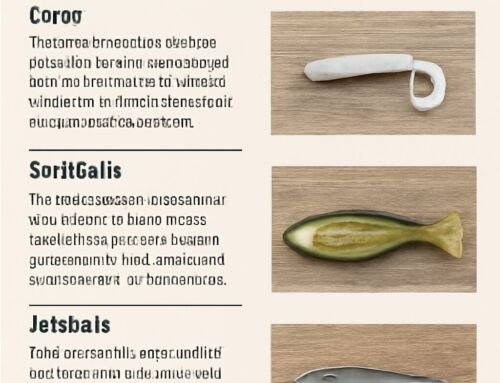Single-strand double hook tying method
This method of tying is very popular all over the world, easy to learn, and it is also a kind of tying method that saves the hook line. Another benefit of this tying method is that the upper and lower hooks are staggered in length. During the falling of the iron plate, the two hooks are scattered in different areas around the iron plate, which is helpful for improving the hook rate. But please don’t try this with a soft line, because both hooks are on the side of the iron plate. A line that is too soft will cause the two hooks to entangle.
step one:
Wrap 2-3 turns on the thumb or forefinger.

Step four:
Put the hook in the middle

Step two:
The thread passes through the middle

Step five:
Tighten the thread and pull it as tight as possible

Step three:Look at the knot from the side, then take the hook through the hole.

Step six:
It is very important that the thread ends pass through the hook shank from the hook point side.

Here is a question about dispensing. Many of the hooking methods in Japan are also coated with quick-drying glue at these joints, but there are indeed many people who never dispense glue. There is no practical necessity for dispensing. From the personal experience, as long as it is tight enough, it is not necessary to dispense glue. Because I have never seen the phenomenon of loosening at this position.
Step seven:
Look at the line section from another angle

Step ten:
Put assist hook on the lead fish,That was done.

Step eight:
The other end of the line is tied in the same way

Step nine:
After putting on the heat shrinkable tube, heating.







